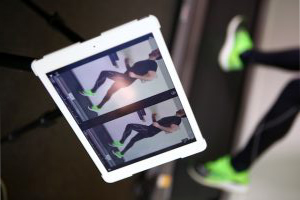Tendinopathy Melbourne
What is Tendinopathy?
Tendons are tough, rope-like tissues made up of collagen protein that connect your bones to your muscles. Tendinopathy refers to persistent tendon pain that is related to mechanical loading.
It can be seen on imaging but is most often diagnosed clinically (through the history of pain and physical examination).
Tendinopathy is caused by unexpected stress or overuse of a tendon. Aging and a lack of muscle strength can also contribute to the development of tendinopathy. Typically, the tendon will be thicker, tender, possibly weaker, and painful on loading or use. Tendon pain is often local, worse at rest, and better throughout the exercise – this can be described as a warm-up pattern.
Common sites for Tendinopathy to occur include,
- Gluteal Tendon (Outside of the Hip)
- Elbow (Often called Tennis Elbow)
- Hamstring Tendon (Buttocks)
- Achilles Tendon/Plantar Fasciitis (Heel)
- Rotator Cuff Tendons (Shoulder)
- Biceps Tendon (Upper Arm)
Experiencing tendon pain? Our osteopaths at Inner North Osteopathy can help you with tendon pain treatment in Melbourne.
Tendinopathy Treatment Melbourne
Tendons are challenging to work with. Ultimately, they respond best to strengthening through a progressive loading program. It is important to seek professional advice regarding how to proceed with a rehab program, as it is easy to overload tendinopathy and aggravate it.
Tendinopathy treatment using manual therapy is an important adjunct to rehab as it can assist in reducing the symptoms in order to facilitate rehabilitation.
Tendinopathy pain treatment can include – Shockwave treatment, local tissue massage, dry needling, and rehabilitation.
To know more or book an appointment for Tendon pain treatment in Melbourne, contact our practitioners at (03) 9388 1735 or fill in the online form.




